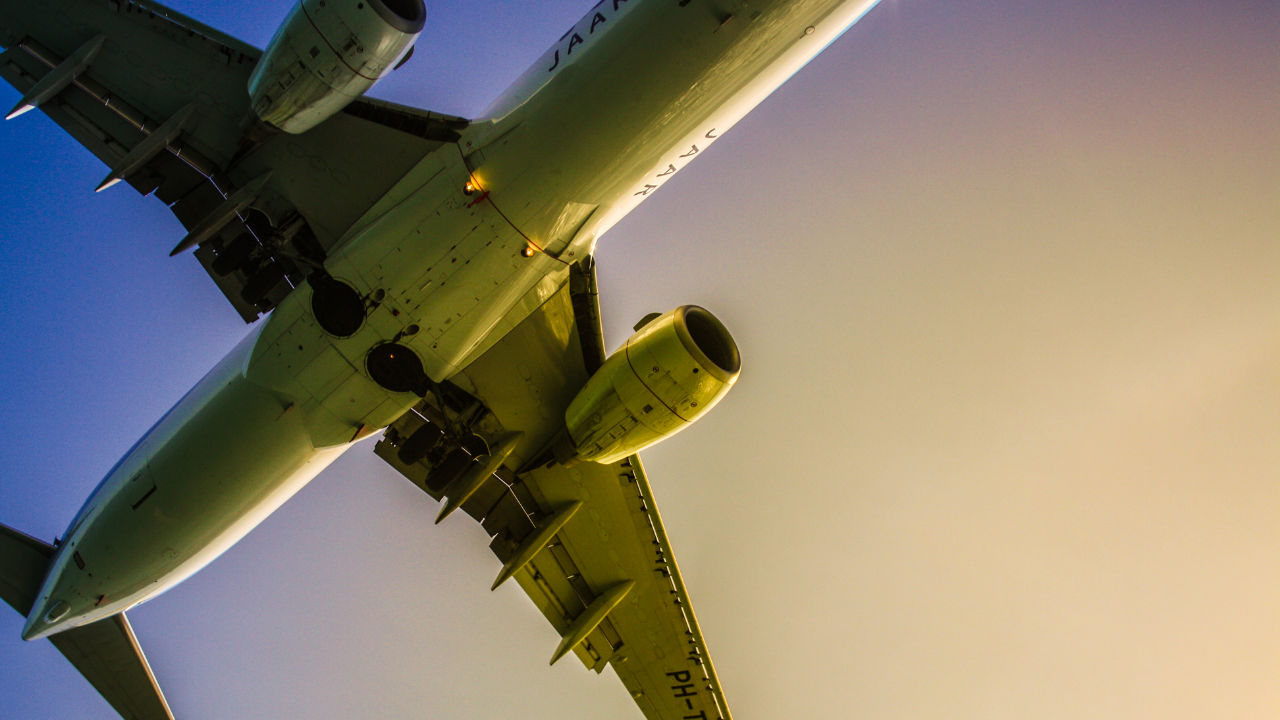The way we travel is shifting towards a greener, faster and safer model. One of the industries that will be most affected by this paradigm shift is aerospace, which will pivot around three main axes: hypersonics, electric propulsion and hydrogen propulsion.
- Hypersonic aircraft: travel faster than the speed of sound, i.e. over 1,235.52 km/h or 343.00 m/s at sea level. The most complicated model for commercial use, and under development only by the US and China, it has undergone several tests for operation in the defence industry which, if successful, could also be applied by airlines in the medium to long term.
- Electric and hydrogen propulsion: These are the most feasible alternatives in the medium term, and progress is already being made in their development as climate needs become increasingly urgent. The closest to this future reality is electric propulsion, whose experimental flights will take place at the beginning of this year. Hydrogen, on the other hand, is planned for 2035, as announced by Airbus SE with the development of a zero-emission aircraft that will rely solely on hydrogen, setting the dates for the first aircraft powered by what is set to be the fuel of the future.
- Drones as an alternative: In parallel to traditional aircraft, the drone sector continues to grow and expand with a growth of more than 9% by 2021 and will exceed 35 billion turnover by 2026 worldwide. The majority of drones are used in the energy, construction and agriculture sectors, although drones are also increasingly being used for courier, warehousing and internal logistics.
